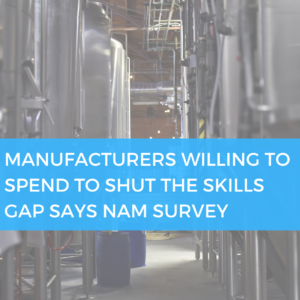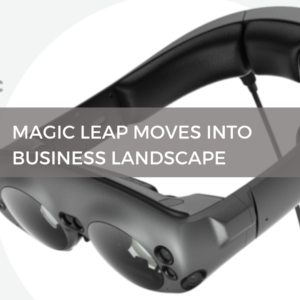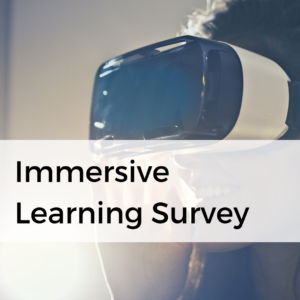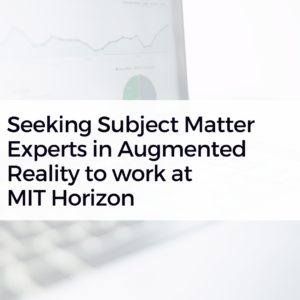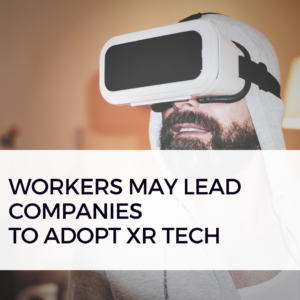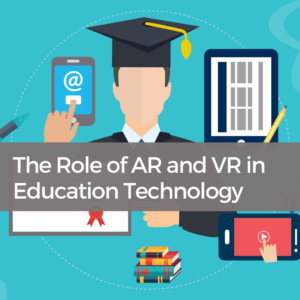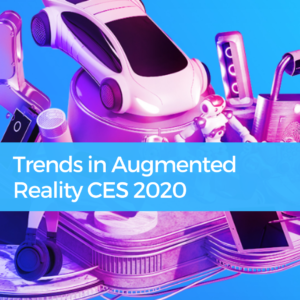Easing errors and preventing errors in Food industry

It’s not all about robotics replacing humans (although that is evolving into more of a reality every day). More broadly speaking, it’s about how food can be prepared in such a way that it’s as fresh and as clean as possible. From sustainable indoor farming to food safety training solutions that remove the element of human error, food preparation over the next few years may see even more technologies deployed on a large scale.
“Remember Google Glass, Google’s ill-fated attempt to sell computer-enabled eyeglasses to mass consumer audiences? That project may have failed as a consumer product, but it is still very much alive and well as the Glass Enterprise Edition, a product sold to businesses across a number of industries—including foodservice.
Tom Chestnut, senior vice president of the global food division for NSF International, Ann Arbor, Mich., oversees a team that conducts hundreds of thousands of food safety audits across the foodservice industry on an annual basis. In 2014, he initiated conversations with Mountain View, Calif.-based Google about the potential of using the Glass product as a remote training tool for the industry. At first, Chestnut envisioned that instead of sending food safety auditors around the globe, NSF International would be able to send out pairs of Google Glass to foodservice managers and walk them through the auditing procedures remotely.
Fast forward to today, and the scope of the potential applications of this technology has since expanded. It’s being piloted as a food safety training tool with a major franchised restaurant chain, and it could eventually make its way into kitchens across the country. “In food safety, it’s all about, ‘What if we had the ability to correct human error?’ ” Chestnut says. “If an employee is wearing the device, going step by step through food preparation, and the glasses detect a deviation, it will correct them in real time.”
The University of Arkansas Department of Food Science recently conducted a study with Google Glass and NSF International’s training software and found that, on average, participants who used the eyeglasses were able to learn and execute proper food handling techniques in half the amount of time as those who were trained with traditional videos. Plus, there’s no variance in the training, as opposed to having a manager walk each new employee through proper food handling techniques.
Google just released an updated version of the Glass Enterprise Edition, and Chestnut says his team will now be able to start piloting the technology with more restaurants and prepare for a wider release in the near future. Typically, a restaurant chain uses two pairs of Google Glass per location, and there are two pricing models for the device. The hardware itself ranges in cost from $1,200 to $1,400 and can be bought upfront, plus there’s a monthly subscription fee to use the software. Or operators can sign up for a two-year contract in which the fees are broken down and charged monthly over that time frame.”
Read Eye Succeed AREA member profile visit their website EyeSucceed.com and follow them on Twitter @Eye_Succeed
